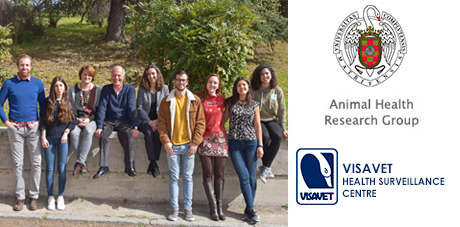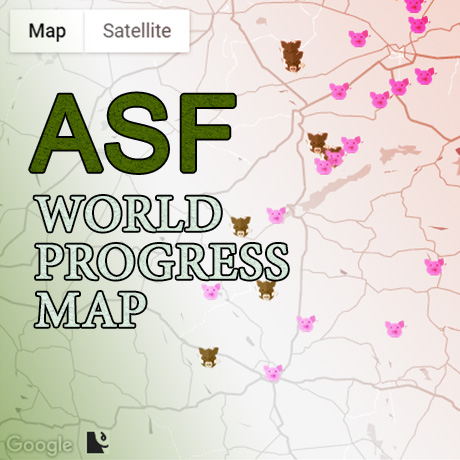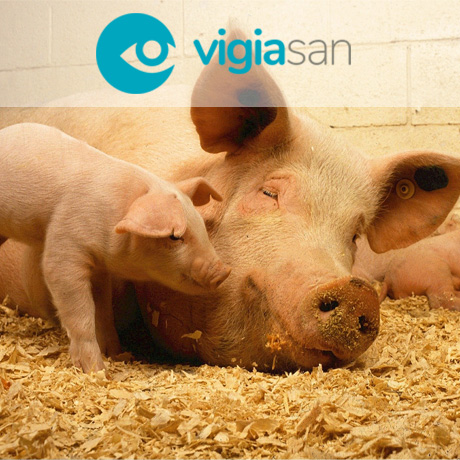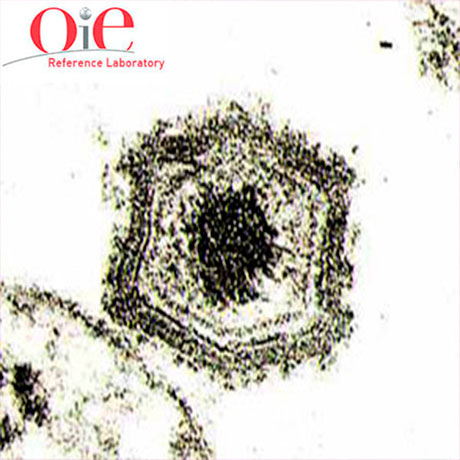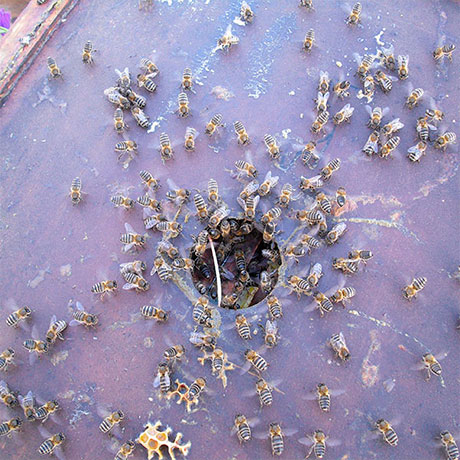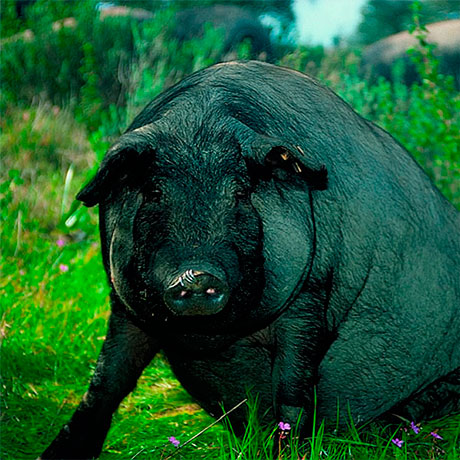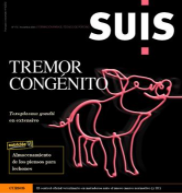"African swine fever is worse than ever"
 Article published by the digital newspaper "Diario Veterinario" (11/01/2021)
Article published by the digital newspaper "Diario Veterinario" (11/01/2021)
José Manuel Sánchez-Vizcaíno affirms that the current situation of swine fever is out of control. 2020 has been marked by its expansion throughout Europe and by the progress in the development of a possible vaccine

A vaccine against African Swine Fever
Interview with José Manuel Sánchez-Vizcaíno at the Cajamar Foundation's Tierra Platform.
Global emergence and evolutionary dynamics of bluetongue virus
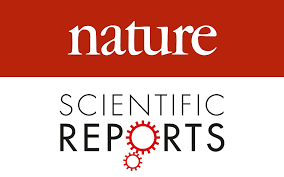 Research article published in Scientific Reports journal
Research article published in Scientific Reports journal
Abstract: Bluetongue virus (BTV) epidemics are responsible for worldwide economic losses of up to US$ 3 billion. Understanding the global evolutionary epidemiology of BTV is critical in designing intervention programs. Here we employed phylodynamic models to quantify the evolutionary characteristics, spatiotemporal origins, and multi-host transmission dynamics of BTV across the globe. We inferred that goats are the ancestral hosts for BTV but are less likely to be important for cross-species transmission, sheep and cattle continue to be important for the transmission and maintenance of infection between other species. Our models pointed to China and India, countries with the highest population of goats, as the likely ancestral country for BTV emergence and dispersal worldwide over 1000 years ago. However, the increased diversification and dispersal of BTV coincided with the initiation of transcontinental livestock trade after the 1850s. Our analysis uncovered important epidemiological aspects of BTV that may guide future molecular surveillance of BTV.
Moh A Alkhamis, Cecilia Aguilar-Vega, Nicholas M Fountain-Jones, Kai Lin, Andres M Perez, José M Sánchez-Vizcaíno
2020: a year of pandemics
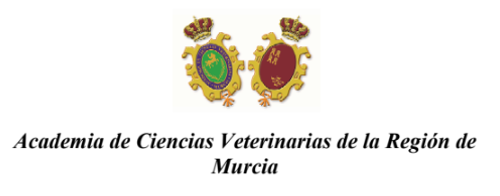

Conference "2020: a year of pandemics" by José Manuel Sánchez-Vizcaíno Rodríguez, Professor of Animal Health at the Complutense University of Madrid. Dr. Honoris Causa by the University of Murcia.
Free access with this invitation (1st of December 18:30h)
Computer Vision Applied to Detect Lethargy through Animal Motion Monitoring: A Trial on African Swine Fever in Wild Boar
New research article published in Animals journal.
 Early detection of infectious diseases is the most cost-effective strategy in disease surveillance for reducing the risk of outbreaks. Latest deep learning and computer vision improvements are powerful tools that potentially open up a new field of research in epidemiology and disease control. These techniques were used here to develop an algorithm aimed to track and compute animal motion in real time. This algorithm was used in experimental trials in order to assess African swine fever (ASF) infection course in Eurasian wild boar. Overall, the outcomes showed negative correlation between motion reduction and fever caused by ASF infection. In addition, infected animals computed significant lower movements compared to uninfected animals. The obtained results suggest that a motion monitoring system based on artificial vision may be used in indoors to trigger suspicions of fever. It would help farmers and animal health services to detect early clinical signs compatible with infectious diseases. This technology shows a promising non-intrusive, economic and real time solution in the livestock industry with especial interest in ASF, considering the current concern in the world pig industry.
Early detection of infectious diseases is the most cost-effective strategy in disease surveillance for reducing the risk of outbreaks. Latest deep learning and computer vision improvements are powerful tools that potentially open up a new field of research in epidemiology and disease control. These techniques were used here to develop an algorithm aimed to track and compute animal motion in real time. This algorithm was used in experimental trials in order to assess African swine fever (ASF) infection course in Eurasian wild boar. Overall, the outcomes showed negative correlation between motion reduction and fever caused by ASF infection. In addition, infected animals computed significant lower movements compared to uninfected animals. The obtained results suggest that a motion monitoring system based on artificial vision may be used in indoors to trigger suspicions of fever. It would help farmers and animal health services to detect early clinical signs compatible with infectious diseases. This technology shows a promising non-intrusive, economic and real time solution in the livestock industry with especial interest in ASF, considering the current concern in the world pig industry.
Fernández-Carrión E., Barasona JA., Sánchez A., Jurado C., Cadenas-Fernández E., Sánchez-Vizcaíno JM.



